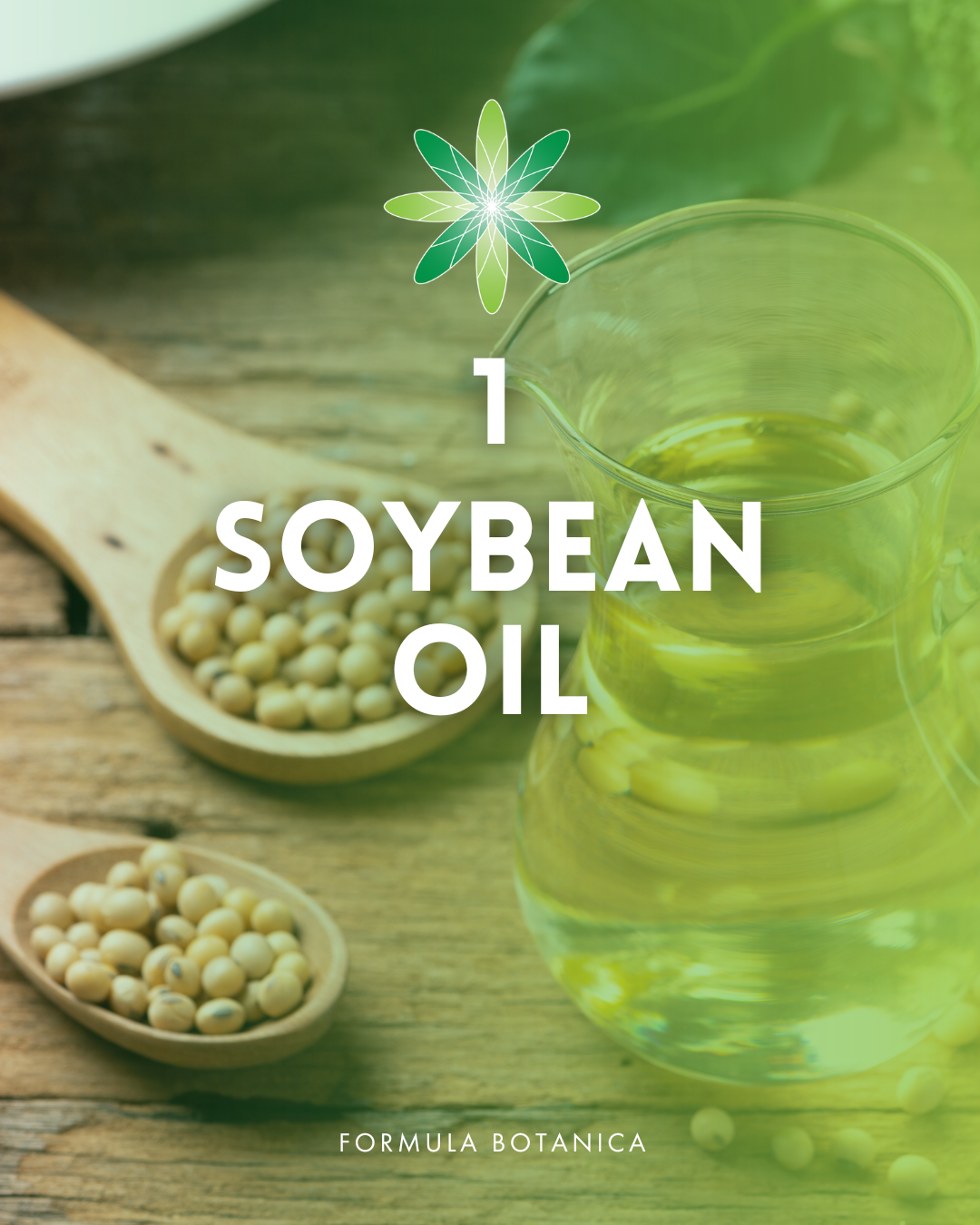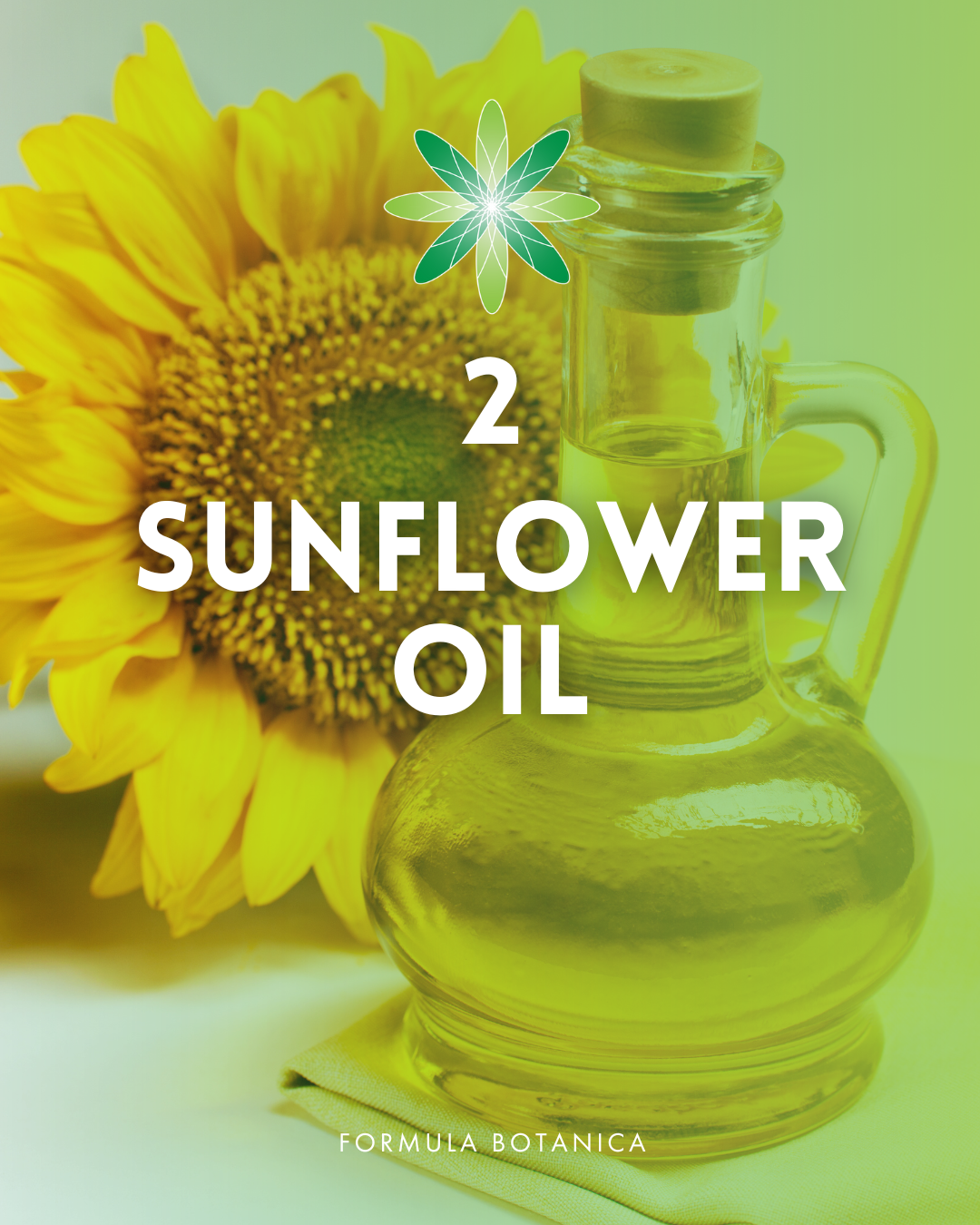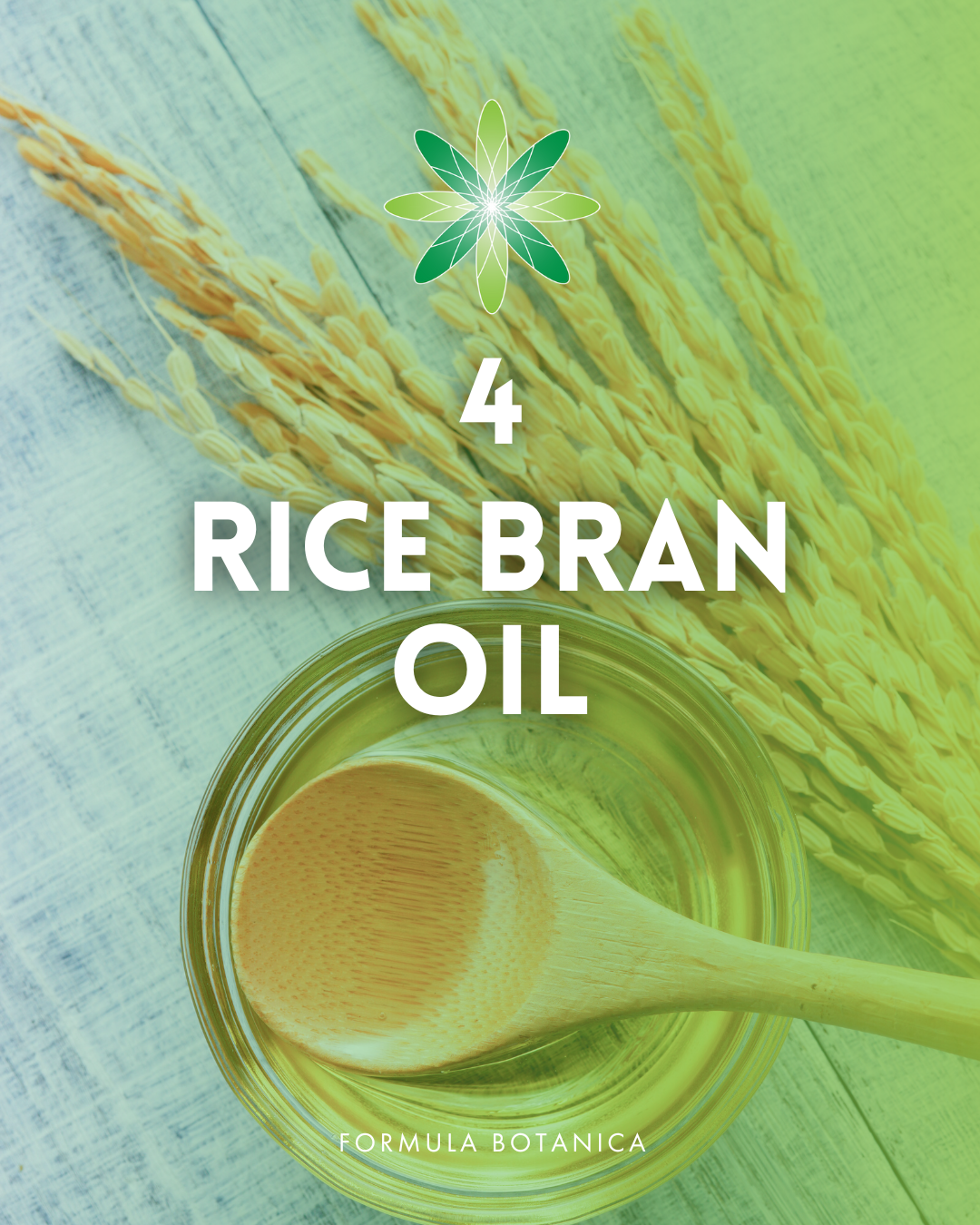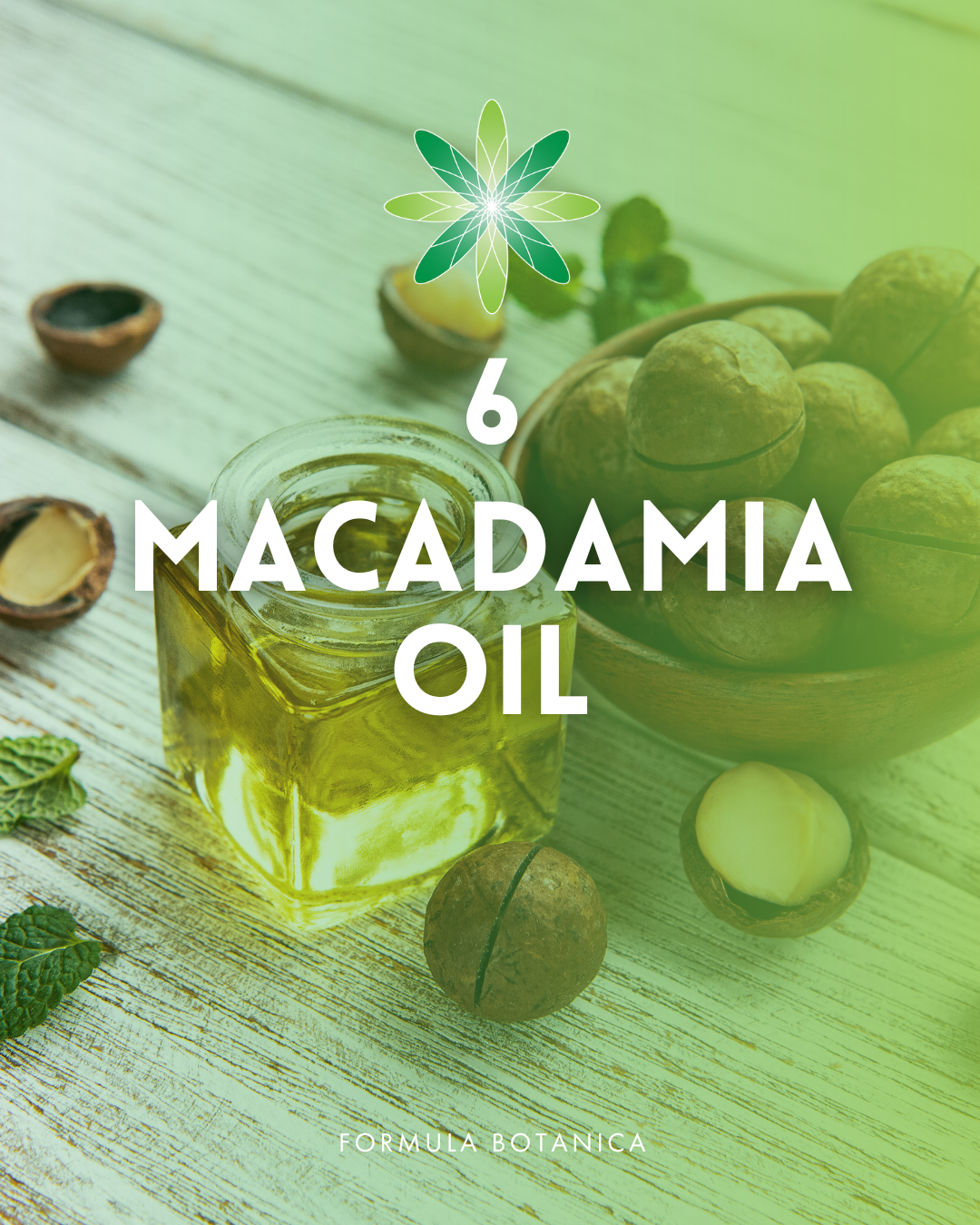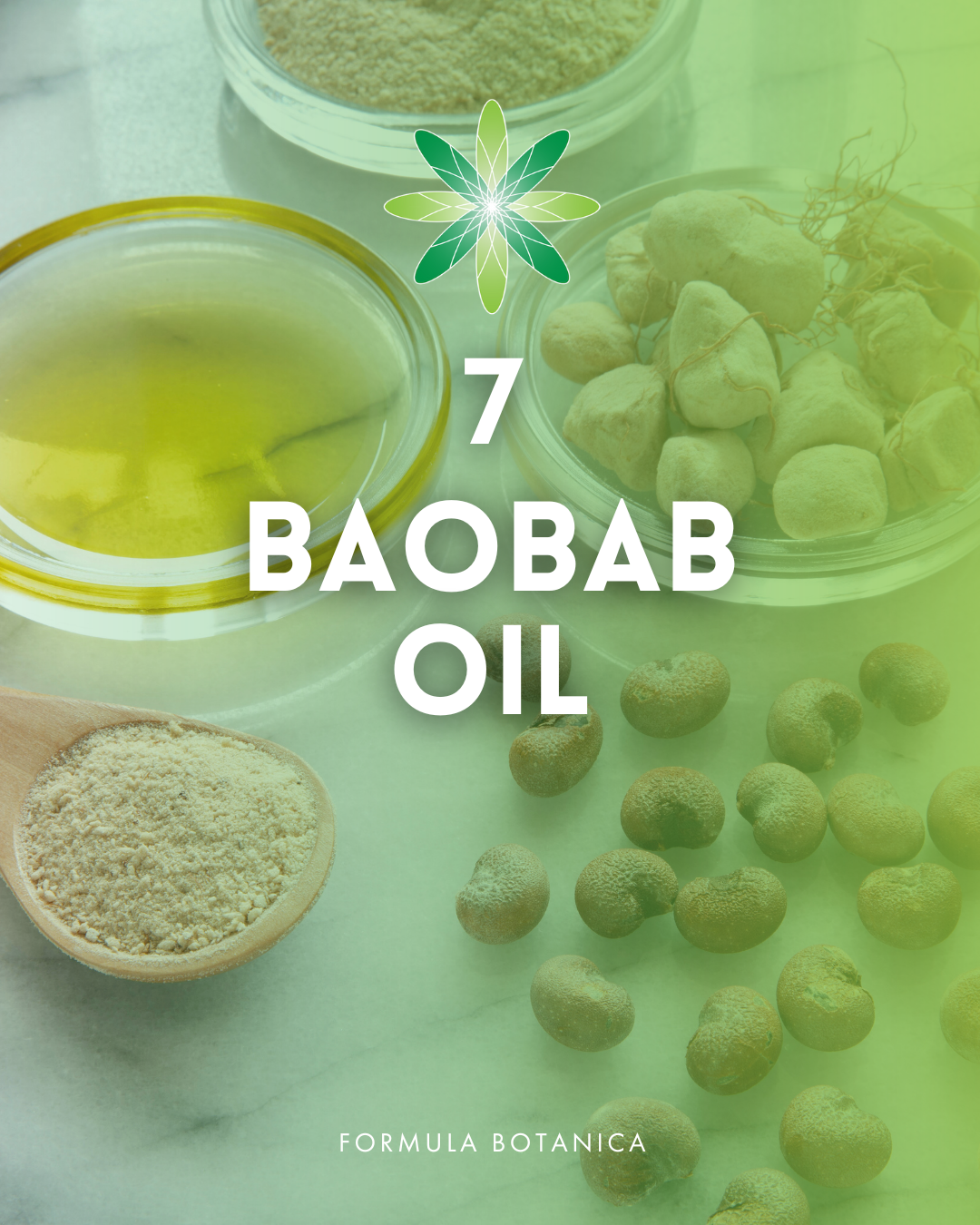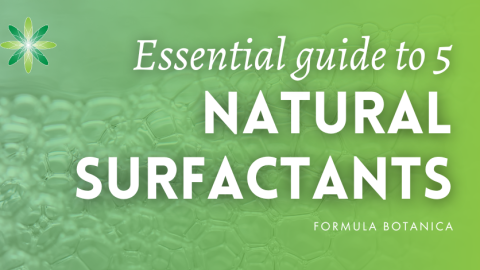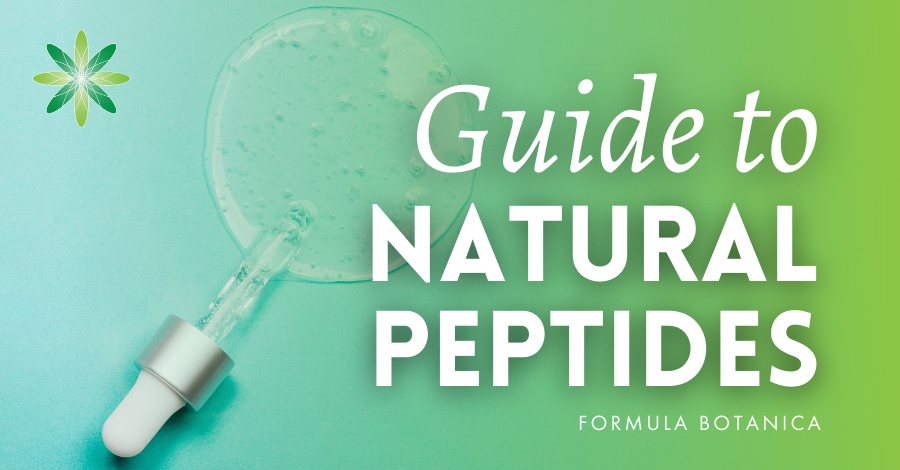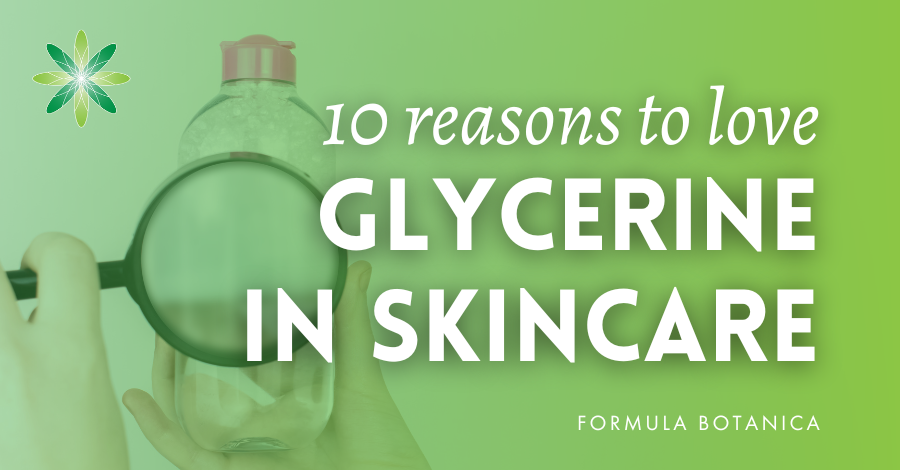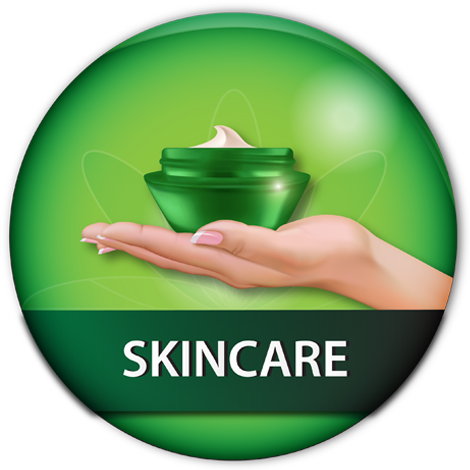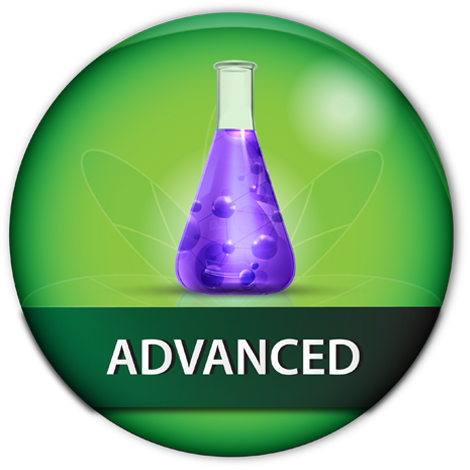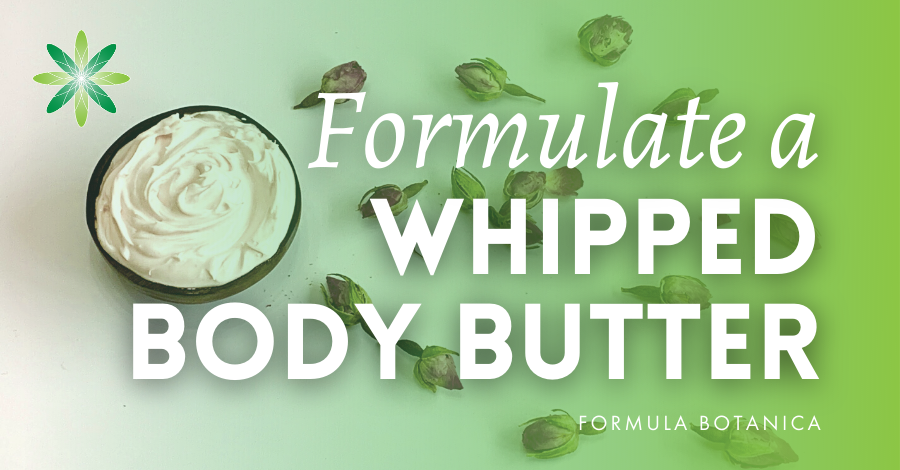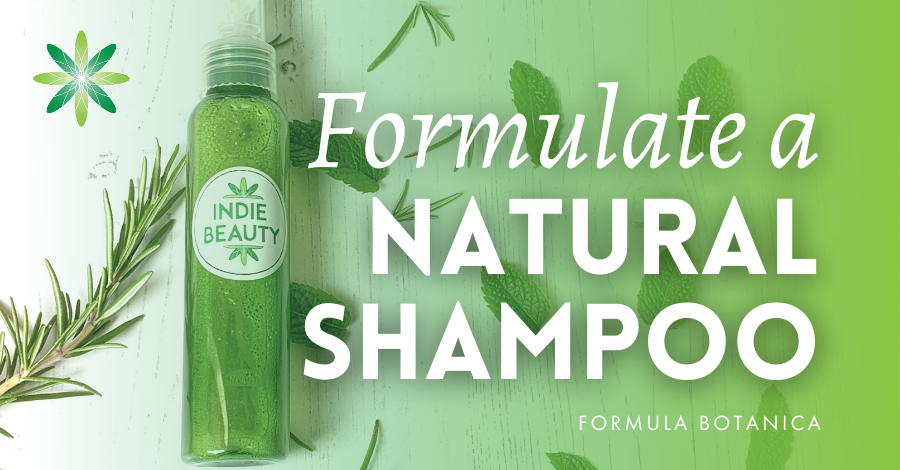Updated: 20.05.25
As a formulator, you’re probably already familiar with the wonderful world of macerated oils. But if not, you’re in for a treat!
Macerated oils, also known as infused oils, are oils that have been created by soaking (or macerating) dried herbs or flowers in a carrier oil to gently extract their therapeutic properties. The result? A concentrated, plant-powered oil you can use as a carrier oil or botanical extract in your natural formulations! If you’re curious to learn more, check out this post.
While you can buy macerated oils, it’s so much more fun and rewarding to make them yourself. You can infuse just about any herb, and the possibilities are endless. But how do you pick the best carrier oil?
That’s exactly what you’ll find out in this post, where we’ll walk you through the 8 best oils for making botanical infusions!
The 8 best oils for botanical oil infusions
In a previous blog post, we’ve covered the 7 key points you need to consider when selecting the right botanical oil for macerations (or infusions – they’re the same thing). If you haven’t had a chance to read it yet, make sure you do. You can also download our SlideShare presentation, which covers these points in detail.
When choosing the right oil for your maceration, you should never compromise on the quality of your carrier oil. We recommend only using high-quality oils that are freshly prepared and ideally cold-pressed (meaning no heat was involved). Also, avoid refined oils and solvent-extracted oils as much as possible, as they don’t offer the same benefits.
Now, let’s get into the fun part! Here are our top 8 favourite oils for making beautiful and effective botanical oil infusions at home:
1. Soybean oil: The most affordable one
You might be surprised to see soybean oil at the top of our list of the best oils for botanical infusions, but that’s because this oil is widely available and affordable wherever you are in the world.
Most commercial macerations are made in soybean oil as a carrier because of its price and availability. The only drawback of soybean oil is its relatively short shelf life.
You can source non-GMO versions of soybean oil – just make sure to check out where it comes from, as many soybeans are genetically modified.
The search is definitely worth it, because the oil has a very pleasant skin feel, a neutral colour and a light scent (meaning it won’t impact the colour or scent of your formulations), as well as a solid thermal and oxidative stability (so you can heat it without losing its beneficial properties).
Here are some of the key properties of soybean oil:
As for its benefits, the native and unrefined version of soybean oil contains tocopherols, lecithin and phytosterols – all of which enhance and improve skin condition and barrier function.
To sum it up, soybean oil is an excellent carrier for making macerations and oil-soluble extracts, especially for soap-making and larger-batch formulations, and offers good quality at an affordable price.
That said, if you’re formulating something more premium or aiming for a luxurious feel, you may want to explore other carrier oils with a higher-end appeal. But for everyday use and budget-friendly formulations, soybean oil is definitely a go-to.
Soybean oil - Fatty acid composition
2. Sunflower oil: The classic one
Over 90% of commercial macerations and lipophilic (oil-soluble) extracts are made using sunflower oil – and for good reason. It’s a classic, budget-friendly carrier oil with excellent availability and a well-balanced profile that makes it a staple in natural formulations.
Sunflower oil has a decent scent and colour, which hardly affects the extract or maceration. It also has a light and nice skin feel with good thermal stability.
When you need an oil for making budget macerations and extracts, sunflower oil is an excellent choice.
The native (unrefined) sunflower oil is rich in skin-nourishing components, including tocopherols (primarily alpha-tocopherol), lecithin, and phytosterols. It also boasts a high content of omega-6 fatty acid (linoleic acid), as you can see below:
Sunflower oil is available in: high linoleic acid, high oleic acid, high palmitic and linoleic, high palmitic and oleic, and high stearic and oleic variations, but the non-modified oil has the following composition:
Sunflower oil - Fatty acid composition
3. Almond oil: The staple one
Almond oil is another classic carrier oil for botanical infusions or lipophilic extracts. It has a faint inherent colour and a very decent nutty scent, and its thermal stability is superior to soybean oil and sunflower oil.
Sweet almond oil has an extreme tolerance for low temperatures and will remain clear, even at -10°C. It is an excellent choice for maceration and extraction if you plan to use/market your extracts and formulations in cold climatic conditions.
Since its price is higher than both soybean and sunflower oils, almond oil is more suitable for luxury formulations. We recommend you macerate your herbs in it and add the infusion to your formulations for damaged and mature skin or baby products. Just be aware of the possible nut allergy when using this oil as your carrier. Here are some of its key properties:
Almond oil - Fatty acid composition
4. Rice bran oil: The best one for mature skin
Rice bran oil is another excellent choice for making botanical oil infusions/macerations. It is a light oil with a very nice skin feel, a faint colour and a decent inherent scent. It also has a reasonable thermal stability.
The native oil, which is quite difficult to find, is loaded with phytosterols, tocopherols and tocotrienols and with an amazing and unique ingredient: gamma-oryzanol, a very effective antioxidant which is often used in formulations for mature skin.
If you can source the unrefined oil, then this will undoubtedly be one of your most prized possessions in your formulation cupboard. Here are some of its key properties:
Rice bran oil - Fatty acid composition
5. Jojoba oil: The best one for high-performance formulations
If you’ve already read some of our blog posts before, you will know we love jojoba oil here at Formula Botanica.
This unique oil is actually a liquid wax and not an oil. It has outstanding stability and long shelf life, a very nice and light skin feel, a decent colour and almost no inherent scent.
Because of its unique structure, jojoba oil provides the skin with a long-lasting emollience and coverage with no greasiness compared to other oils.
Jojoba oil is a great choice if you’re creating high-performance formulations, especially in the case of colour cosmetics. Learn more about this exceptional oil below:
While jojoba oil has a higher price point compared to soybean or sunflower oil, it offers a longer shelf life and a more luxurious skin feel in your formulations. Here are some of its key properties:
Jojoba oil - Fatty acid composition
6. Macadamia oil: The most luxurious one
While macadamia oil is not very commonly used as a carrier oil (probably because of its price and limited availability), its unique fatty acid spectrum, relatively good thermal stability and reasonable shelf life, as well as its decent inherent scent and colour, make it an outstanding oil for botanical infusions.
High concentrations of palmitoleic acid (ca. 20%, a C16:1 fatty acid which is most often found in animal fats and very rare among plant oils: only common in sea buckthorn fruit oil and hazelnut seed oil) impart a very light, silky skin feel, excellent skin compatibility and rapid absorption.
If you’re making medium to high price class skin or haircare formulations, consider macadamia nut oil as one of your choices. You must, however, consider the potential for nut allergies. Here are some of this oil’s key properties:
Macadamia seed oil - Fatty acid composition
7. Baobab oil: The best one for haircare
Baobab oil may seem like another unconventional choice for maceration, possibly because of its higher price or limited availability in some parts of the world. However, we’ve added it to this list because it has excellent barrier repair properties and also works great in haircare formulations (particularly for dry and damaged hair).
This African oil has a relatively long shelf life, a decent colour and scent, and good thermal and oxidative stability.
If you have access to cold-pressed and unrefined oil and are preparing unique hair or skincare products with a medium to higher price class, you should consider using baobab oil as one of your carrier oils.
If you would like to learn how to formulate your own natural skincare or haircare, check out our Diploma in Organic Skincare Formulation and our Diploma in Organic Haircare Formulation, which will teach you how to become a formulator.
Baobab oil - Fatty acid composition
8. Castor oil: The best one for colour cosmetics
Last but certainly not least, you could use castor oil for your macerations.
This is probably not the first oil that comes to mind when thinking about botanical infusions or lipophilic extracts. After all, with its thick texture and heavy skin feel, castor oil is more commonly associated with soap making than skincare or haircare.
However, castor oil presents excellent thermal and oxidative stability, making it a reliable choice for infusions that need to withstand heat or longer storage.
Castor oil is also great in cleansing formulas (including for oily, acne-prone, dry and damaged skin), colour cosmetics (the oil is great for dispersing pigments and adding gloss to products), and haircare. You can learn more about castor oil in this post:
The oil’s main component is a unique fatty acid, ricinoleic acid. Here are some of the oil’s key properties:
Castor oil - Fatty acid composition
What about olive oil?
You might be wondering why we didn’t mention olive oil at all. After all, olive oil is one of the most common oils for maceration, mainly because of its price and availability.
However, we didn’t add it to our list for a few reasons:
- It is one of the most adulterated oils in the world and, unless you purchase olive oil directly from a wholesaler (or rather a manufacturer in 200kg drums), or have a state-of-the-art analysis instrument to analyse the oil in detail, there is no way to find out whether your oil is adulterated or not.
- Even if your olive oil is “real” olive oil and is not diluted with cheaper plant oils, it is difficult to find out which portion of it is pomace oil (solvent extracted after the good oil is cold-pressed).
- The unrefined and native olive oil, rich in phytosterols and squalene, has an intensive colour and inherent scent which might affect your infusion. Although the refined oil has a more decent colour and scent, it is effectively just a blend of fatty acids.
Of course, you can pick whatever plant oil you want for your botanical macerations or infusions. Just keep in mind the selection criteria and your formulation concept.
If you’re working on an Ayurvedic product range, for example, it would be more suitable to choose sesame oil (which is an outstanding oil with excellent thermal stability) instead of jojoba oil as your carrier.
On the other hand, if you’re developing a baby product concept, almond oil and jojoba oil would be more suitable than castor oil.
Whatever oil you pick for your infusions, think about your formulation concept, your aim, and consider the herbs and all other ingredients you’ve selected before making a final decision. We also cover all this in our foundation Diploma in Organic Skincare Formulation.
General tips for making botanical oil infusions
Before we wrap up this post, we’d like to share some general tips to help you get the most out of your macerations and lipophilic extracts:
- Boost oxidative stability (therefore extending the shelf life and efficacy of your botanical infusions) by adding 0.1-0.5% vitamin E (tocopherol) or 0.05-0.1% rosemary CO2 extract to your carrier oil.
- Store your infused oils in dark glass bottles with narrow openings to minimise air exposure. To further reduce oxidation, it’s better to divide your infusion into several small bottles rather than one large one. This limits headspace and slows down degradation.
- Make small batches whenever possible so your infusions stay fresh and effective.
- While you don’t have to keep your macerations in a fridge (unless your ambient temperature is over 23°C), you should store them in a cool and dry place, away from sunlight, heat, and humidity.
- Label your macerations as meticulously as possible and keep a record of them. At Formula Botanica, our mantra is “If you didn’t write it down, it didn’t happen.” Record all details in your lab journal and write a serial number on the bottle.
If you would like to learn more about botanical oils, you can check out our mini-course on botanical oils on our exclusive membership site for formulators, the Lab at Formula Botanica.
FAQ
- What is a macerated oil?
A macerated oil (also known as an infused oil) is a carrier oil that has been used to extract the active compounds, nutrients, and beneficial properties from plant material. You can then use the infused oil as a botanical extract in your natural formulations.
- How do you make a botanical oil infusion?
To make a macerated oil (or infusion), place your chosen plant material (dried flowers or herbs) into a clean and sanitised glass jar. Next, cover the plant material with your chosen carrier oil (pick any of the 8 we’ve mentioned in the post!).
You can then either let the jar sit in the sun for up to three weeks, allowing the natural heat to infuse the oil, or use a bain-marie method to gently heat the oil for a quicker infusion.
For step-by-step instructions, check out this detailed blog post, where we walk you through the entire process.
- Which is the best oil for macerations?
This depends entirely on your formulation, budget, and location. We list a few options in this blog post, but you can also check out this other post where we let you in on the 7 steps to choose the right botanical oils for macerations.
Learn how to make your own botanical skincare and haircare
We hope you enjoyed this post! If you did, we’d love to hear from you – drop us a comment below and share which oils you love using for macerations, or which ones you’re going to try next.
Want to keep this info handy? You can download this blog post as a SlideShare presentation for future reference.
And, if you would like to learn how to make your own botanical skincare or haircare, check out our free mini-training course, where we teach you how to make your own cosmetic products at home – no experience or knowledge required!
FREE TRAINING
Learn how to become an
Organic Skincare Formulator
FREE TRAINING
How to become an
Organic Skincare Entrepreneur
FREE TRAINING
How to become an
Organic Skincare Entrepreneur
Leave us a comment

Dr. Elham Eghbali was Formula Botanica’s Cosmetic Chemist between 2014 and 2018. She has over 20 years’ industry experience and is based in Bavaria, Germany. To read more about Formula Botanica’s team, visit our staff page.


